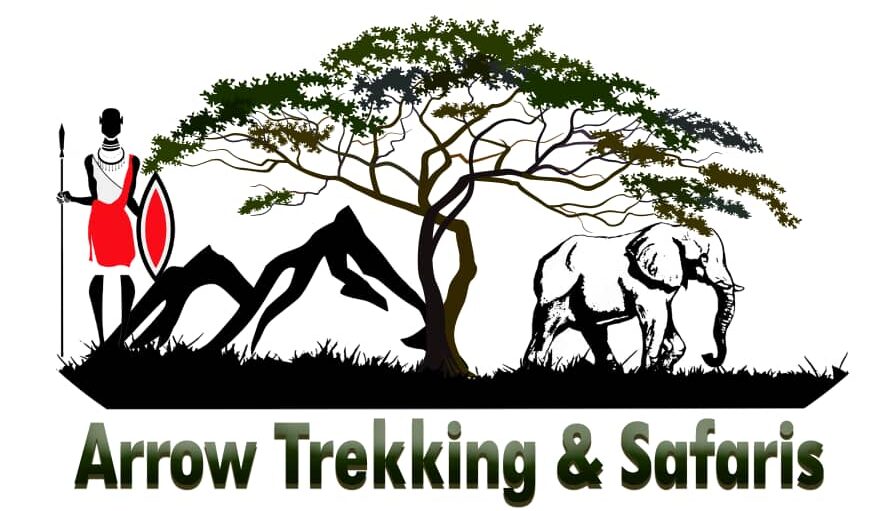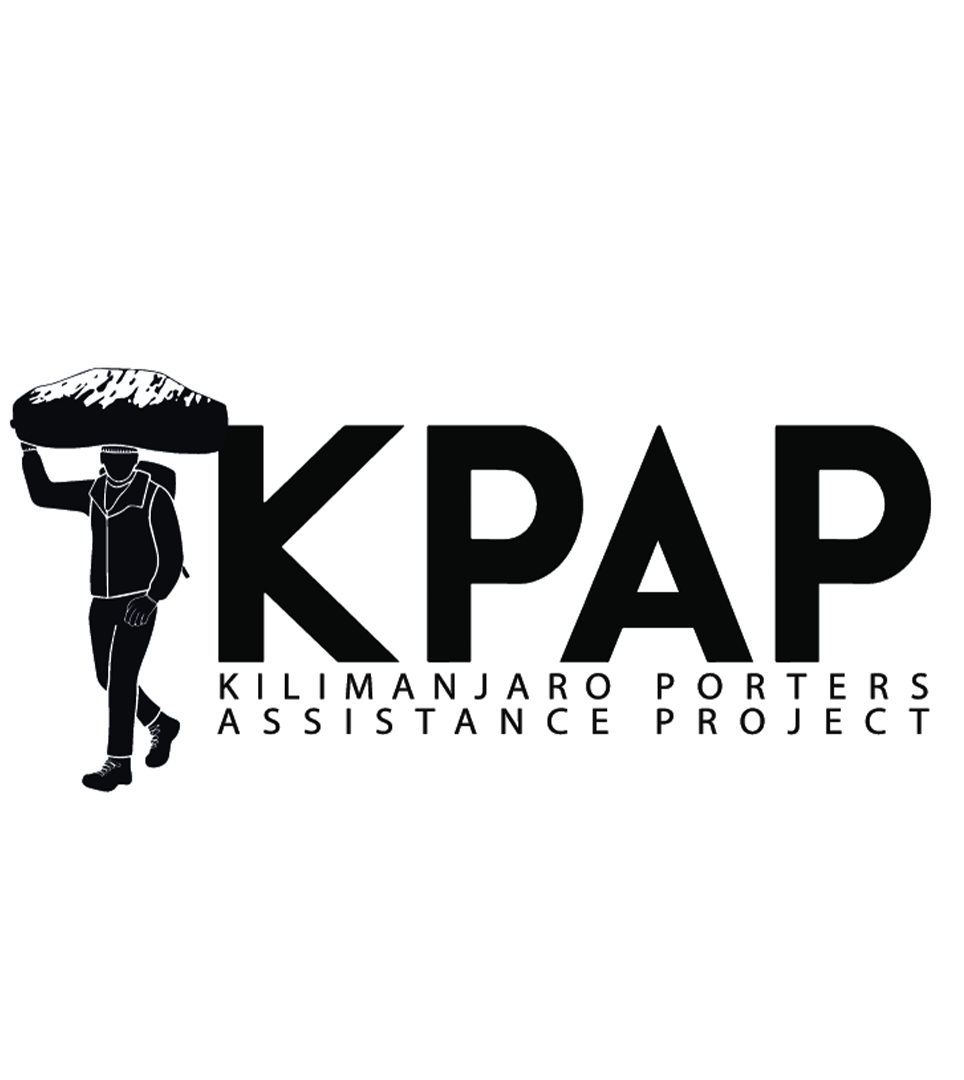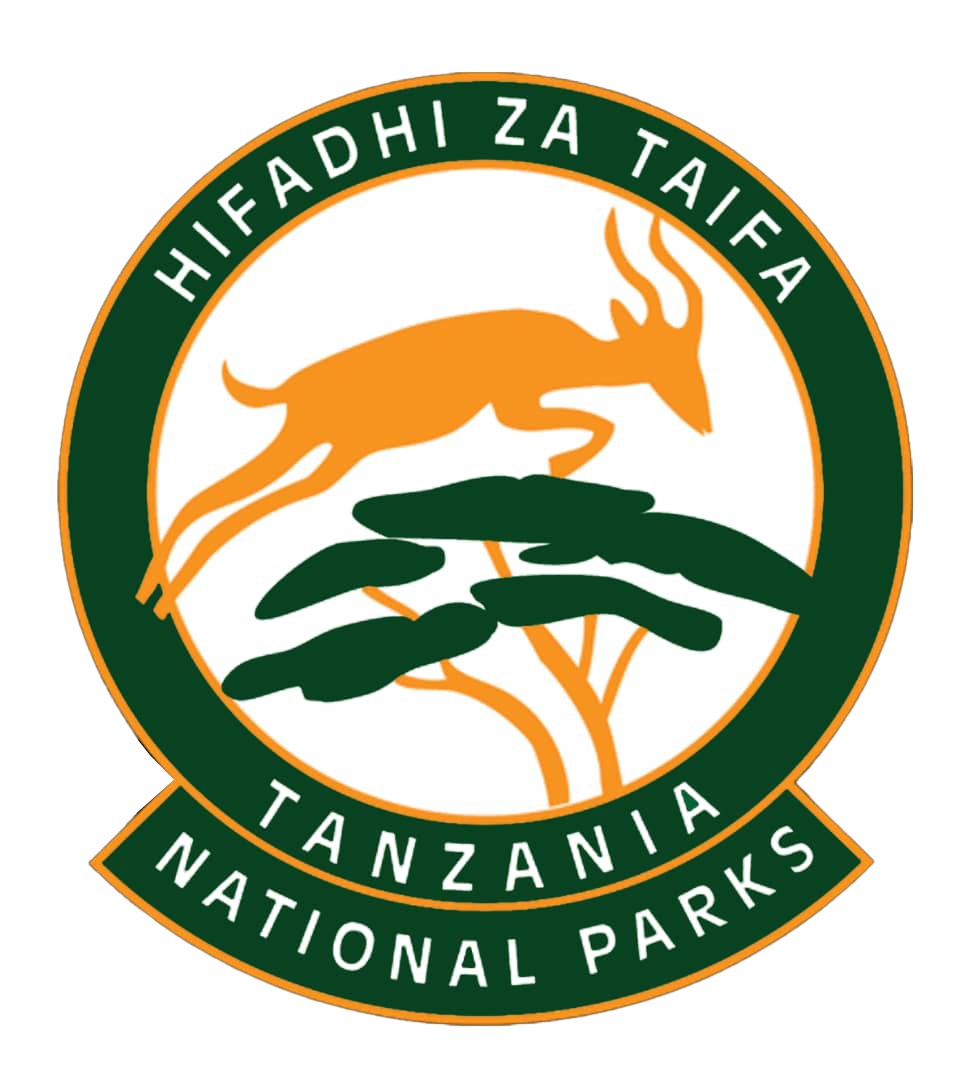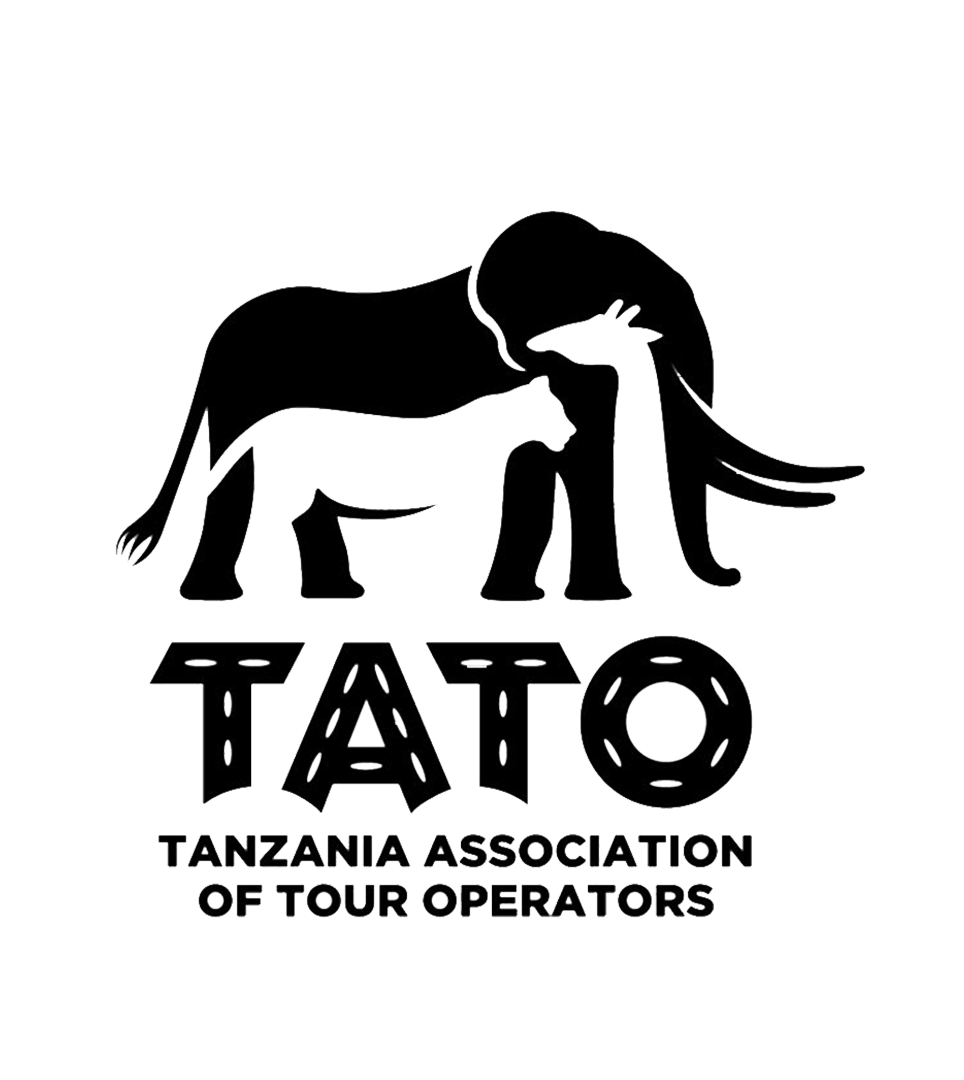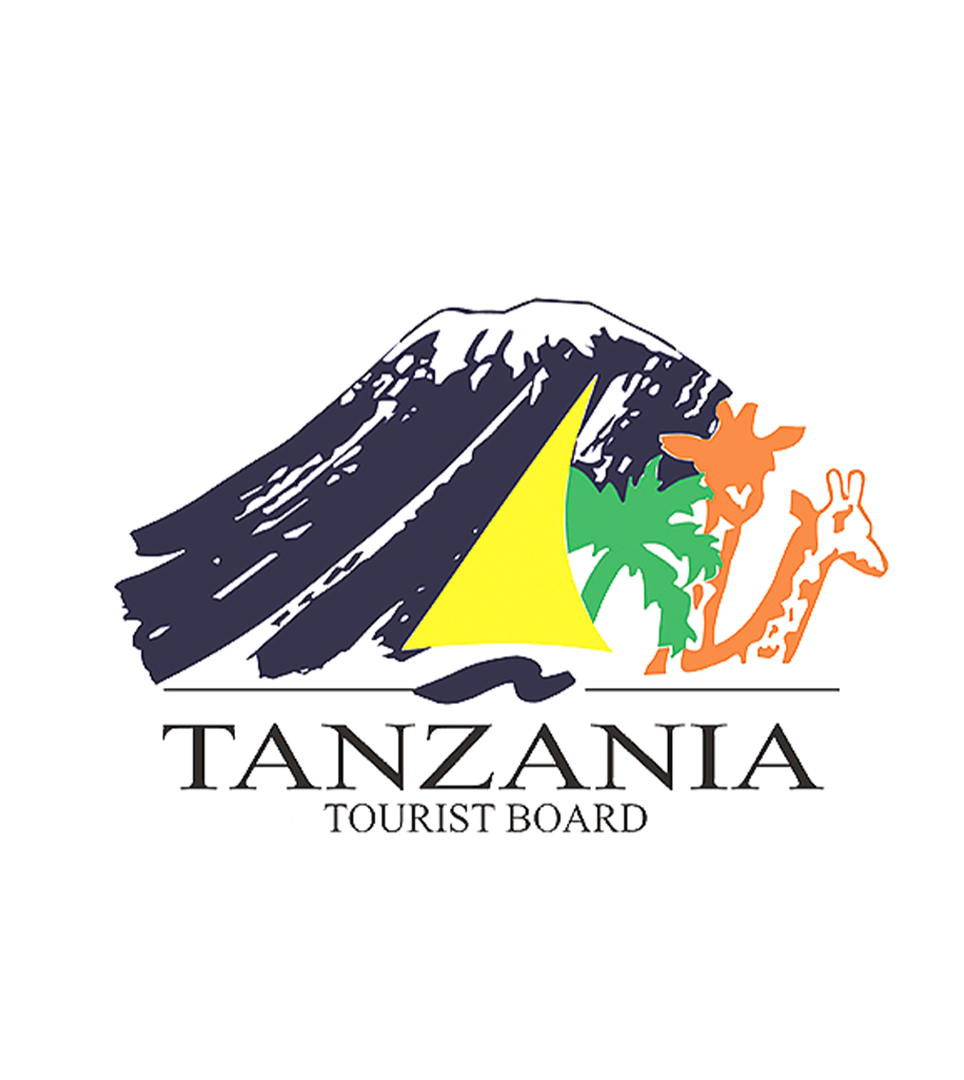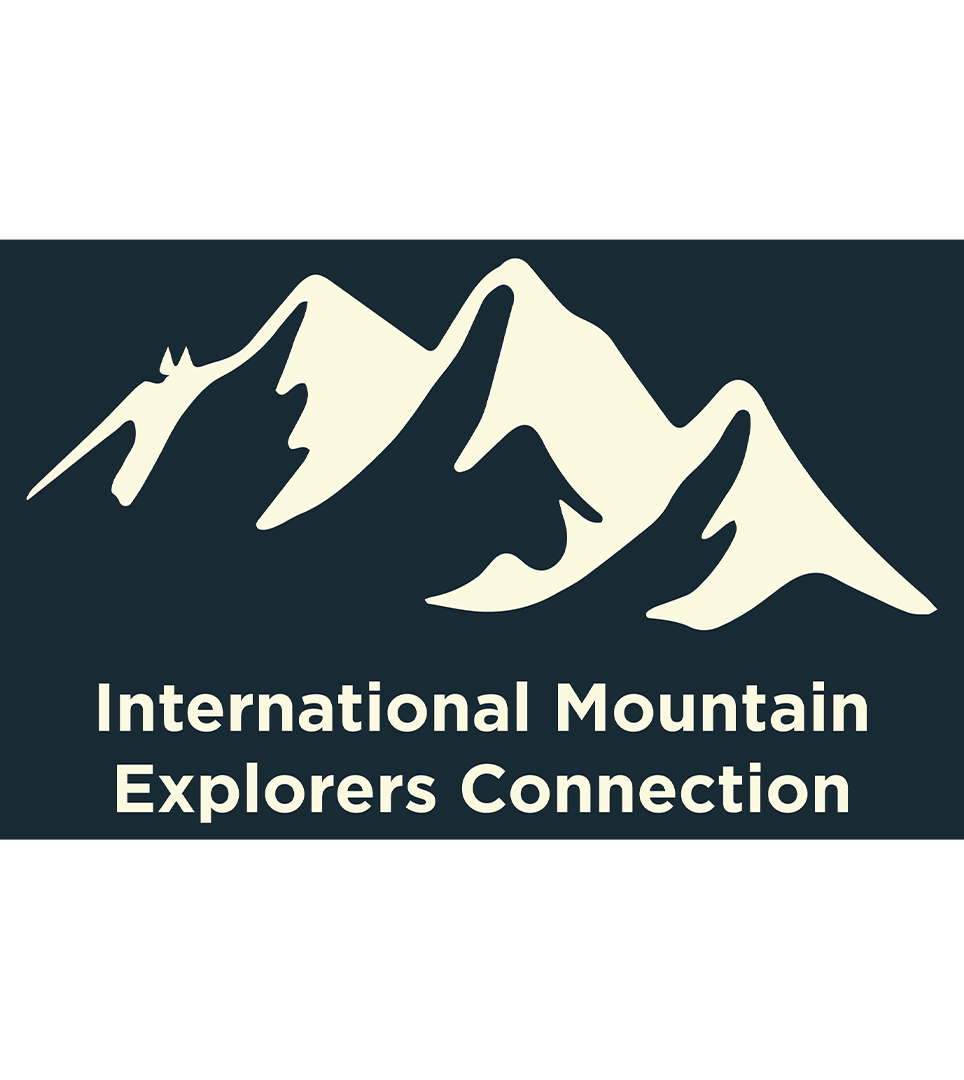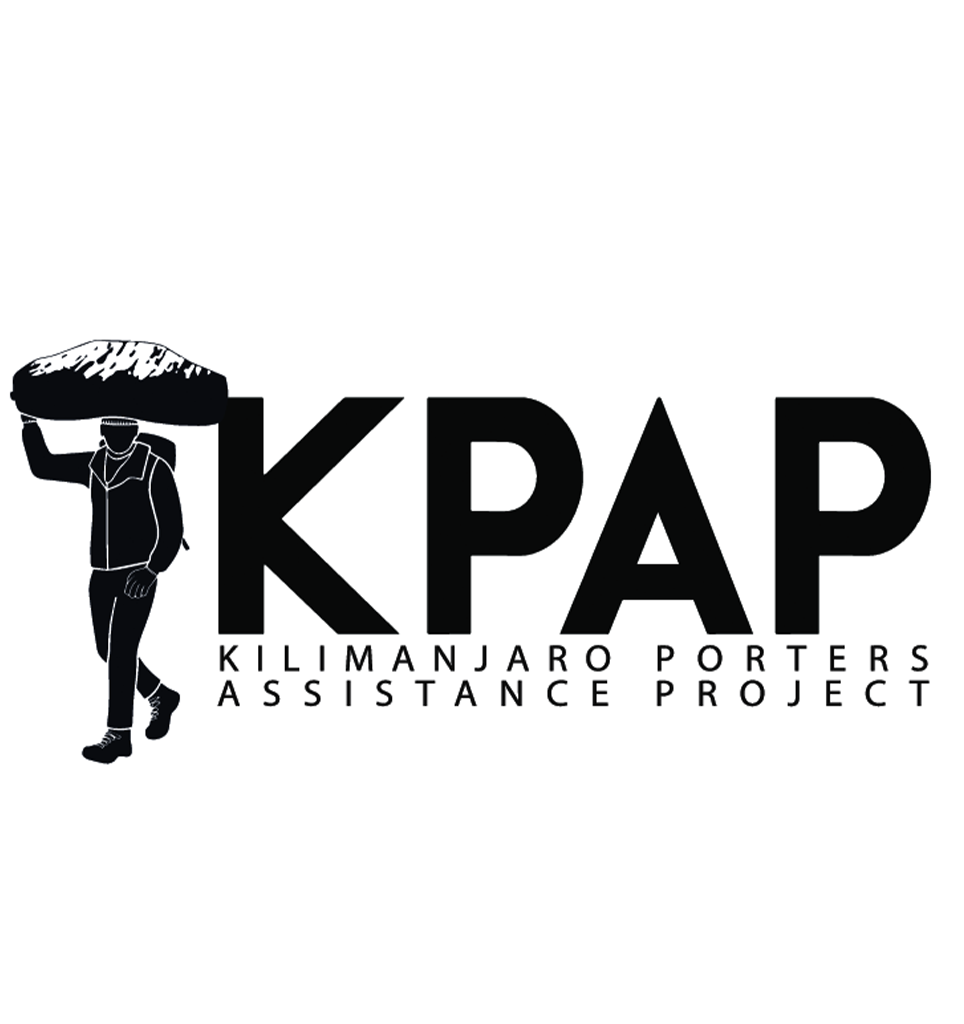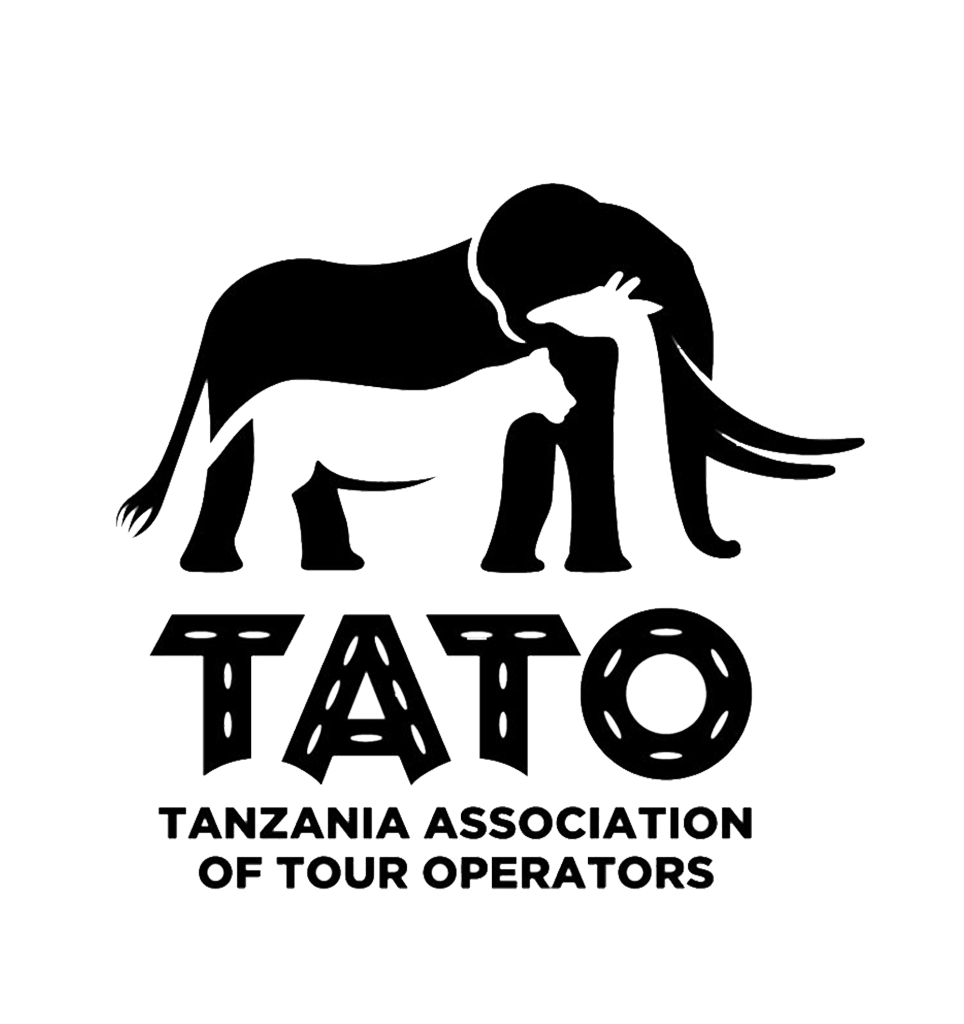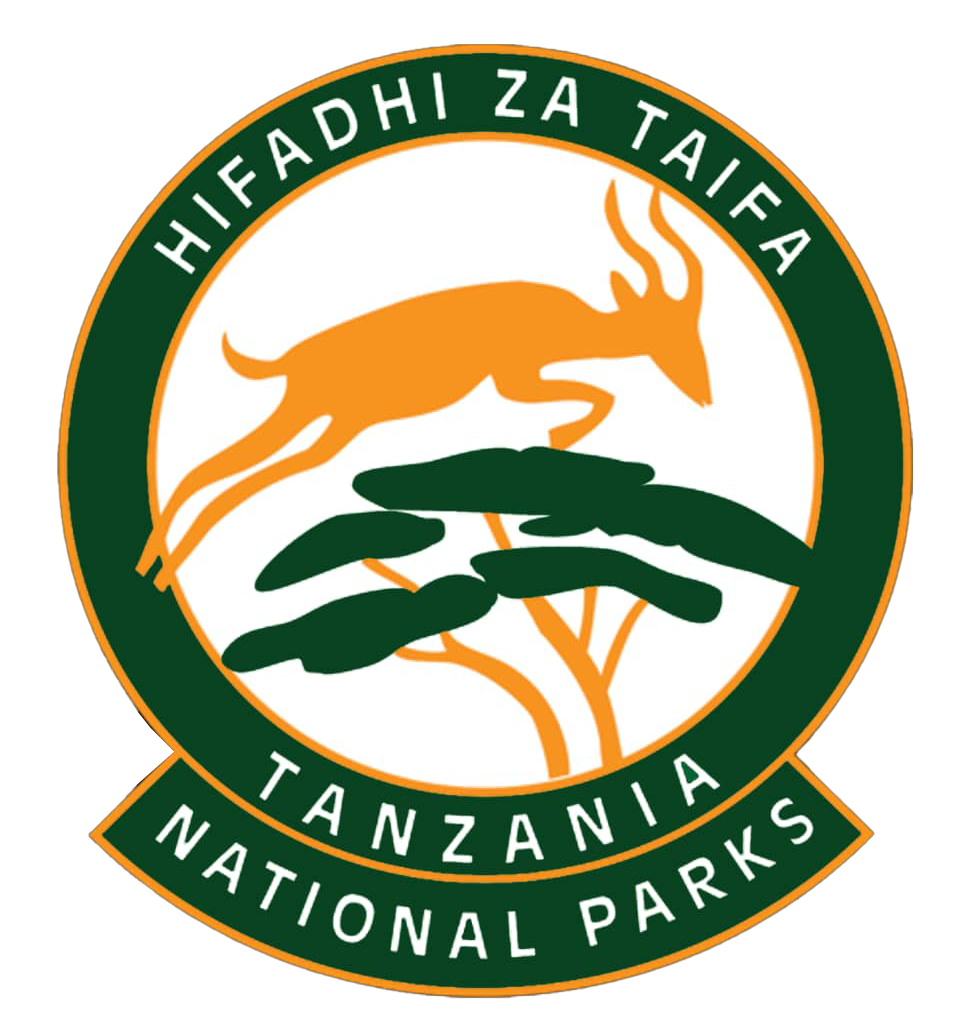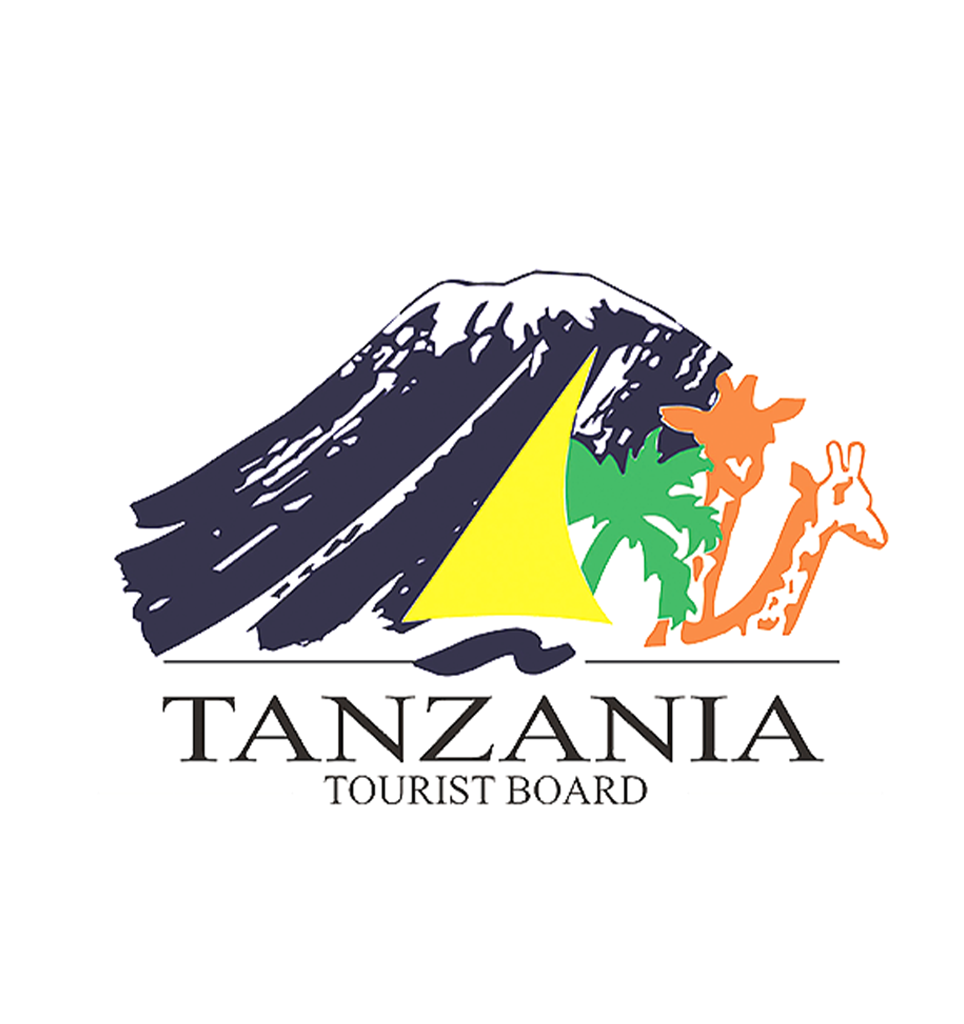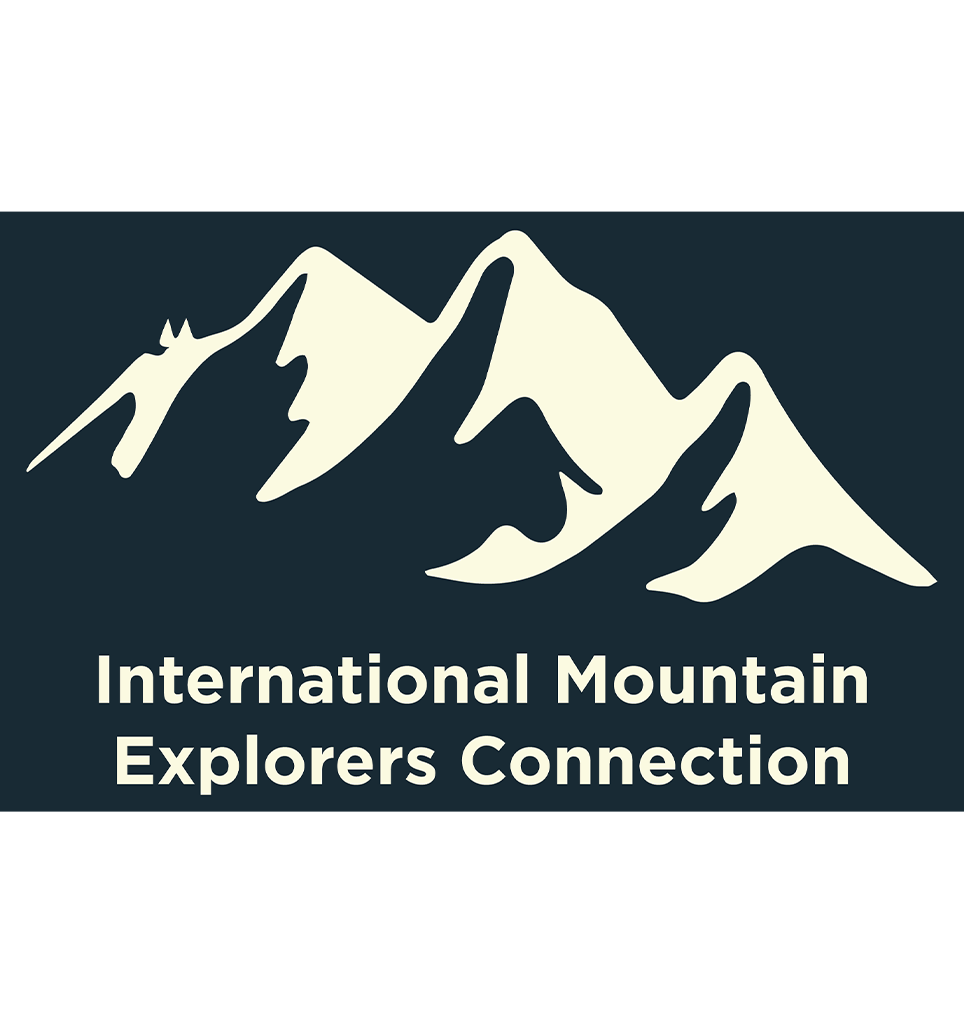Arrow Trekking and Safaris – Discover Africa’s top safari destinations with expertly crafted itineraries.
Overview
Ngorongoro Conservation Area (NCA), is one of Africa’s most breathtaking natural wonders. Located in northern Tanzania, the park is famous for its stunning landscape, rich biodiversity, and cultural significance. It is home to the Ngorongoro Crater, the world’s largest intact and unfilled volcanic caldera, which serves as a natural enclosure for an extraordinary variety of wildlife.
The conservation area spans approximately 8,292 square kilometers (3,202 square miles) and includes savannah grasslands, dense forests, and highland plains. It is part of the larger Serengeti-Ngorongoro ecosystem, making it a key region for wildlife conservation and tourism in Tanzania.
In 1979, UNESCO designated the Ngorongoro Conservation Area as a World Heritage Site due to its unique combination of outstanding natural beauty, geological importance, and exceptional biodiversity. In 2010, it was also declared a UNESCO Man and Biosphere Reserve, highlighting its role in balancing conservation efforts with sustainable human activities.
Ngorongoro is part of the Serengeti ecosystem, supporting the Great Migration, where millions of wildebeest, zebras, and other herbivores traverse the plains in search of fresh grazing lands. This migration is one of the most remarkable wildlife spectacles in the world.
Ngorongoro’s Geography and Ecosystems
Ngorongoro’s landscape is incredibly diverse, shaped by volcanic activity, tectonic movements, and millennia of erosion. The region consists of highland plains, dense forests, acacia woodlands, freshwater lakes, and grasslands, creating a range of ecosystems that support abundant wildlife.
The Ngorongoro Crater: A Natural Wonder
- The Ngorongoro Crater is the world’s largest unbroken caldera, formed over two to three million years ago when a massive volcano erupted and collapsed inward. The alkaline Lake Magadi, located in the center of the crater, attracts thousands of flamingos and other waterbirds.
The Crater Highlands: Forested Volcanoes and Lush Slopes
- Surrounding the crater are the Crater Highlands, a series of extinct and dormant volcanic peaks, including Olmoti, Empakaai, and Lolmalasin (the highest peak at 3,648 meters / 11,968 feet).
- The Empakaai Crater is another smaller, stunning caldera that features a deep, blue-green lake at its center, surrounded by steep, forested cliffs.
Olduvai Gorge: The Cradle of Humankind
- Located in the eastern part of Ngorongoro, Olduvai Gorge is one of the most important paleoanthropological sites in the world. The gorge was formed by erosion over millions of years, revealing sedimentary layers containing fossils of early human ancestors dating back 1.9 million years.
- Excavations by Dr. Louis and Mary Leakey in the 1950s uncovered some of the earliest evidence of human evolution, including Homo habilis and Homo erectus fossils.
Climate & Seasons
Ngorongoro enjoys a moderate and temperate climate due to its high elevation, with daytime temperatures averaging 15-25°C (59-77°F). The area experiences two main seasons:
- Dry Season (June – October & December – February): Ideal for wildlife viewing as animals gather around water sources.
- Wet Season (March – May & November): Characterized by short and long rains, making the landscape lush and green, but some roads may become muddy.
June – October (Dry Season)
This is the best time for wildlife viewing in Ngorongoro, as animals gather around permanent water sources, making them easier to spot. The dry conditions result in shorter grass, providing excellent visibility for game drives, especially in the Ngorongoro Crater, where the Big Five can be seen year-round. The weather is cool and pleasant, with minimal rainfall, ensuring comfortable safaris. However, this is also peak tourist season, meaning more visitors and higher accommodation prices.
December – March (Wildebeest Calving Season)
During this period, the Ndutu Plains, part of the Ngorongoro ecosystem, become the heart of the wildebeest calving season. Thousands of wildebeest, zebras, and antelopes give birth, attracting predators like lions, cheetahs, and hyenas, leading to dramatic predator-prey interactions. The landscape is lush and green, providing stunning scenery for photography. While there may be occasional afternoon showers, they rarely interfere with game drives, making this an excellent time for witnessing nature’s raw beauty.
April – May (Green Season & Low Tourism)
This is the wettest time of the year, transforming Ngorongoro into a lush, green paradise with blooming flowers and abundant birdlife. While heavy rains can make some roads muddy and challenging, this season offers a more exclusive and budget-friendly safari experience due to fewer tourists. Lodges often provide discounted rates, and the mist-covered crater rim creates a magical atmosphere. For those who appreciate solitude and breathtaking landscapes, this is a unique and rewarding time to visit.
Best Activities in Ngorongoro Conservation Area
Game Drives in Ngorongoro Crater
A safari in the Ngorongoro Crater is an unparalleled experience, offering some of the best wildlife viewing in Africa. The crater is home to the Big Five (lion, leopard, elephant, rhino, and buffalo), as well as large populations of zebras, wildebeest, hippos, and hyenas. Game drives provide close-up encounters with wildlife in a stunning, enclosed ecosystem, making it a must-do activity.
Birdwatching in the Crater and Highlands
Ngorongoro is a birdwatcher’s paradise, with over 500 species recorded in the conservation area. The crater floor is home to large flocks of flamingos, eagles, ostriches, and secretary birds, while the highland forests and lakes attract turacos, sunbirds, and various raptors. The best time for birdwatching is November to April, when migratory species from Europe and Asia arrive.
Hiking to Empakaai Crater
For adventure seekers, a hike to Empakaai Crater is a rewarding experience. This lesser-known volcanic crater features a deep soda lake that attracts flamingos, surrounded by dense forest and steep crater walls. The trek offers stunning panoramic views of Mount Kilimanjaro and the Great Rift Valley, making it a hidden gem for hikers.
Cultural Visits to Maasai Villages
A visit to a traditional Maasai village provides insight into the rich culture and traditions of the indigenous people who have coexisted with wildlife in Ngorongoro for centuries. Visitors can learn about their semi-nomadic lifestyle, traditional dances, and unique beadwork, as well as their deep connection to the land. This cultural experience offers a deeper understanding of how conservation and local communities are intertwined.
Best Activities in Ngorongoro Conservation Area
Game Drives in Ngorongoro Crater
A safari in the Ngorongoro Crater is an unparalleled experience, offering some of the best wildlife viewing in Africa. The crater is home to the Big Five (lion, leopard, elephant, rhino, and buffalo), as well as large populations of zebras, wildebeest, hippos, and hyenas. Game drives provide close-up encounters with wildlife in a stunning, enclosed ecosystem, making it a must-do activity.
Birdwatching in the Crater and Highlands
Ngorongoro is a birdwatcher’s paradise, with over 500 species recorded in the conservation area. The crater floor is home to large flocks of flamingos, eagles, ostriches, and secretary birds, while the highland forests and lakes attract turacos, sunbirds, and various raptors. The best time for birdwatching is November to April, when migratory species from Europe and Asia arrive.
Hiking to Empakaai Crater
For adventure seekers, a hike to Empakaai Crater is a rewarding experience. This lesser-known volcanic crater features a deep soda lake that attracts flamingos, surrounded by dense forest and steep crater walls. The trek offers stunning panoramic views of Mount Kilimanjaro and the Great Rift Valley, making it a hidden gem for hikers.
Cultural Visits to Maasai Villages
A visit to a traditional Maasai village provides insight into the rich culture and traditions of the indigenous people who have coexisted with wildlife in Ngorongoro for centuries. Visitors can learn about their semi-nomadic lifestyle, traditional dances, and unique beadwork, as well as their deep connection to the land. This cultural experience offers a deeper understanding of how conservation and local communities are intertwined.
FAQs
Ngorongoro Conservation Area (NCA) is a UNESCO World Heritage Site in northern Tanzania, home to the famous Ngorongoro Crater. It is a unique multi-use area where wildlife and Maasai communities coexist, covering over 8,000 square kilometers of diverse landscapes, including grasslands, forests, and volcanic craters.
Yes, most international visitors require a visa to enter Tanzania. Tourist visas can be obtained online, at Tanzanian embassies, or upon arrival at the airport. It’s advisable to check specific visa requirements based on your nationality before traveling.
Ngorongoro is located in northern Tanzania, about 180 km (112 miles) west of Arusha, near Serengeti National Park. It is easily accessible by road or domestic flights to nearby airstrips.
Visitors are typically advised to get vaccinations for yellow fever (if traveling from a yellow fever-endemic country), typhoid, hepatitis A and B, and tetanus. Malaria prophylaxis is also recommended, as Tanzania is a malaria-endemic area. Consult your doctor for personalized advice.
Ngorongoro is home to:
- The Big Five (lion, leopard, elephant, rhino, buffalo).
- Large herds of zebra, wildebeest, gazelles, and hippos.
- Predators like cheetahs, hyenas, and jackals.
- Over 500 bird species, including flamingos at Lake Magadi.
Swahili is the official language of Tanzania, and English is widely spoken, especially in tourist areas. Learning a few Swahili phrases is appreciated and can enhance your cultural experience (greeting people with “Jambo” (hello) )
Options range from luxury lodges with crater views, mid-range tented camps, and budget-friendly campsites. Nearby Karatu town also offers affordable lodges.
Yes, guided cultural visits allow tourists to experience Maasai traditions, see their houses (bomas), and learn about their lifestyle. Some visits may include traditional dances and crafts.
The official currency is the Tanzanian Shilling (TZS), but US dollars are widely accepted, especially in hotels, lodges, and for safari bookings. It’s advisable to carry smaller denominations and exchange money at authorized bureaus or banks.
Yes! Many safaris combine Ngorongoro with:
- Serengeti National Park (Great Migration).
- Lake Manyara National Park (tree-climbing lions, birdwatching).
- Tarangire National Park (elephant herds, baobab trees).
- Zanzibar (beach relaxation after safari).
